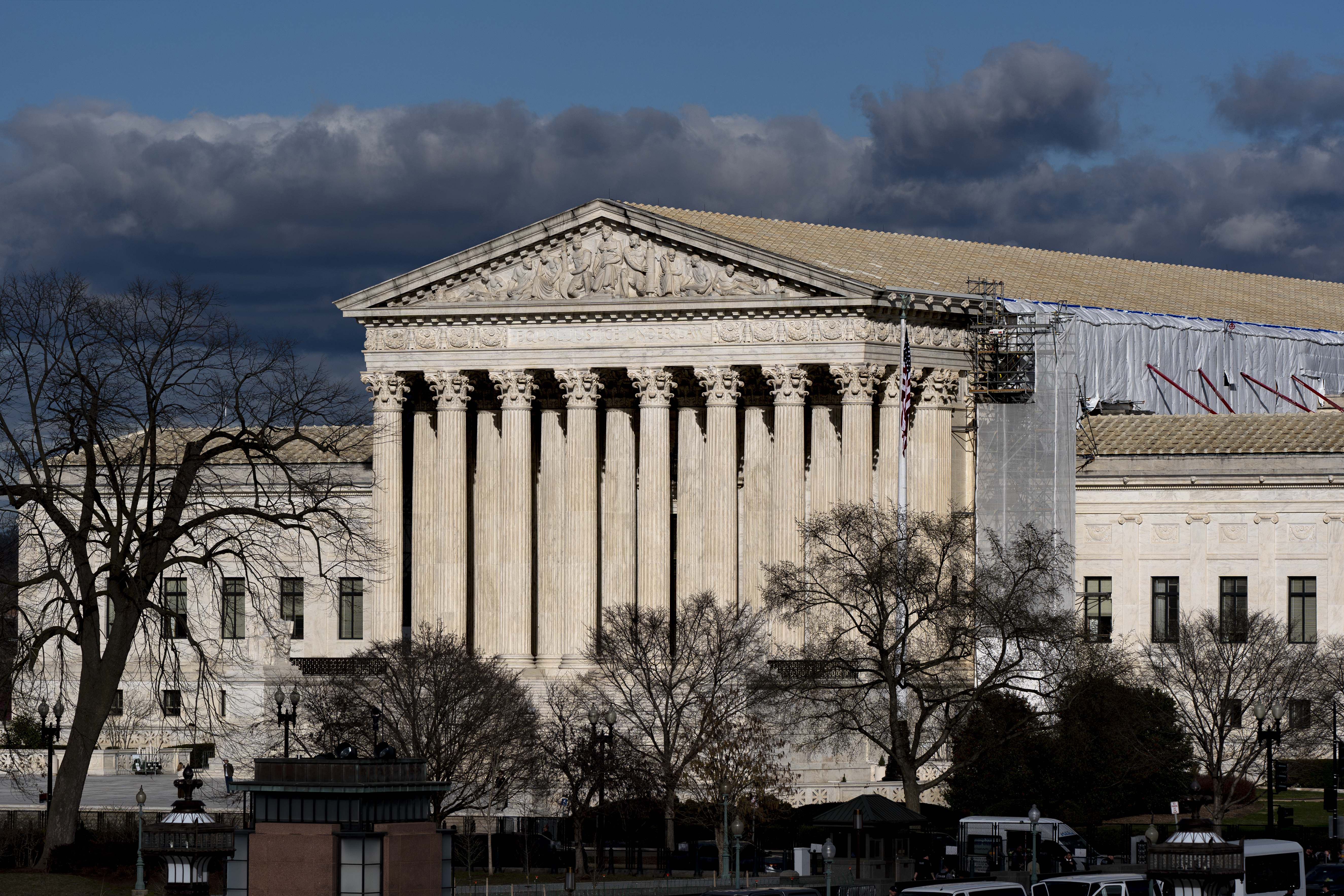As the five-year anniversary of the Boston Marathon bombings approaches, many of those who treated the wounded still say the injuries were some of the worst they've ever seen.
When the first explosion occurred at the Boston Marathon in 2013, David Storto was a mile away from crossing the finish line. His son had already completed the course and was celebrating with their team at Spaulding Rehabilitation Hospital, the facility Storto oversees as president.
Nearly five years later, he remembers it all.
“It was unclear at first what was going on. Some people had some cell phones, but couldn’t get coverage,” Storto explained. “Word started to spread within a couple minutes that there was some type of explosion.”
Within the next few hours, Storto and his team at Spaulding rushed to prepare. Through updates on victims in the news, they knew to expect an influx of patients with amputations and burns.
“We’ve never seen this number of patients with the similar type of injuries all happen at the same time,” said Dr. David Crandell, who runs the hospital’s amputee program.
But the sheer number of patients was not the only concern. In the days following the bombings, Spaulding was in the process of moving into a new location in Charlestown. That meant they had to get everything up and running in time for the first survivors to arrive.
U.S. & World
“We describe it almost as a military operation. We started the morning at 4:30 in the morning,” Crandell said, “We were working on bringing over a number of patients.”
Twelve days after the explosions, patients from the marathon made their way into the hospital.
“It was a little intimidating I guess at first just because there had been so much publicity,” said Carlyn Wells, a physical therapist.
She had been on the job for less than a year when she was faced with more than she could have imagined on the job. In the weeks and months that followed, she would go on to help several marathon survivors.
“These patient injuries felt personal,” said Wells. “But I knew that I was doing something positive after something negative. And that was kind of what I thought of each day.”
In total, Spaulding provided inpatient treatment to 32 bombing survivors, including 15 who needed amputations. Nearly five years later, their doctors, nurses and therapists still vividly remember them all.
“We had an immediate bond. I don’t even know how to describe it,” nurse Laura Driscoll said of one patient.
Many have kept in touch over the years, in some cases going on to write books and inspire films. However, the most significant change for the hospital has been the increased interest and focus on rehabilitation medicine.
“I think it’s strengthened my resolve to work to have the public understand how important rehab medicine is,” said Storto. “The whole tragedy of the bombing just kind of magnified all of that desire I had to make sure people knew how important rehabilitation medicine is.”



